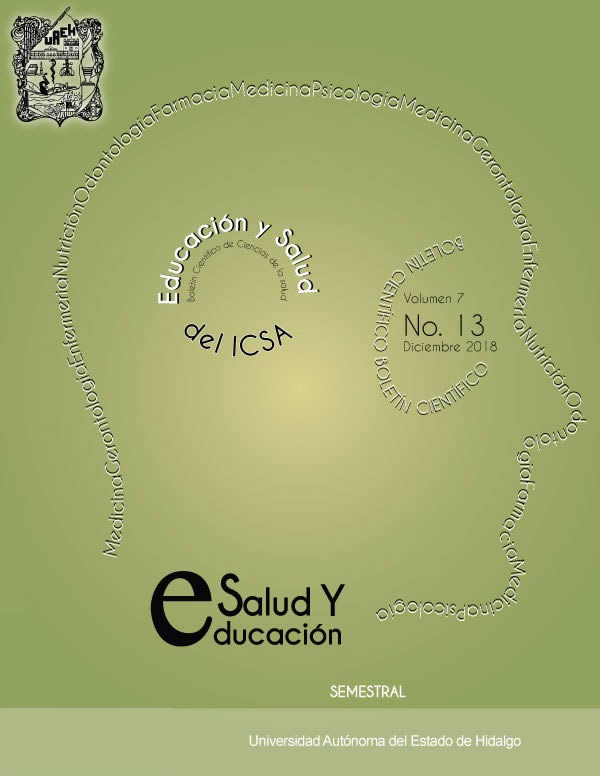Impact of Prevention Diabetic Foot Amputation by Using Dressings
Abstract
Objective: To know the effectiveness of different dressings by measuring the healing time in patients with diabetic foot. Method: correlation study, longitudinal quasi-experimental, with a sample of 30 patients suffering from diabetic foot in the General Hospital, an intervention plan was carried out to cure wounds in diabetic foot by applying dressings. Results: The average age was 53.3 years (SD = 10.8); in time to suffer diabetic foot the average was 1.17 years (SD = .461). A little more than half of the sample surveyed (73%) belongs to the male sex, the average destined for treatment was 559.6 pesos (SD = 269.97). More than three quarters of the sample (80%) makes the revision of their feet daily. Half of the sample (50%) as the main characteristic presented foul odor and suppuration in the wound at the beginning. Conclusion: The different types of dressings based on their degree of injury are really effective since they have shown improvement in a short time, where more than half of the sample states that the dressing used are really effective and they are satisfied with the material.
Downloads
References
http://www.paho.org/hq/index.php?option=com_content&view=article&id=2164&Itemid=0&lang=es
[2]. Cisneros N, Ascencio IJ, Libreros VN, Rodríguez H, Campos A, Davila J. Indice de amputaciones de extremidades inferiores en pacientes con diabetes. Rev Med Inst Mex Seguro Soc. 2016; 54 (4): 472-479.
[3] IMSS. Atiende IMSS heridas crónicas de diabéticos con nueva tecnología. [internet] 2015 [visitado 2017 mayo 18 ] Disponible http://www.imss.gob.mx/prensa/archivo/201706/177
[4] Pie diabético, situación actual en México. [internet] 2016 [visitado 2017 junio 10] Disponible http://www.lides.com.mx/pie-diabetico-situacion-actual-en-mexico/
[5] Enfermería: Teoría de Jean Watson y la inteligencia emocional, una visión humana [internet] 2015 [visitado 2017 julio 28] Disponible http://www.revenfermeria.sld.cu/index.php/enf/article/view/686/131
[6] Federación Mexicana de diabetes A C. Expertos reducen posibilidad de amputación de pie a personas con diabetes [-internet] 2015 [visitado 2017 julio 11] Disponible: www fmdiabetes.org/diabetes-en-mexico/
[7] Izquierdo E. Enfermeria: Teoría de Jean Watson y la inteligencia emocional, una visión humana. Rev. Cubana de Enfermería. 2015:31; 3
[8] Romero, LR. Estudio comparativo de las curaciones tradicionales y las curaciones avanzadas con apósito hidrocoloide en el tratamiento de heridas superficiales. Chiclayo, Perú 2015 [Tesis]. Perú
[9] Módenes JC, Porras JM, Pelet M. Evaluación de la satisfacción y efectividad del apósito de Hidrocoloide Sureskin ® II en el tratamiento de las heridas agudas y crónicas. Gerokomos. 2006; 17 (4): 225-234
[10] Pérez V. Valoración de la eficacia de askina, calgitrol en pie diabético. Universitat de Barcelona. [Tesis]. Barcelona












